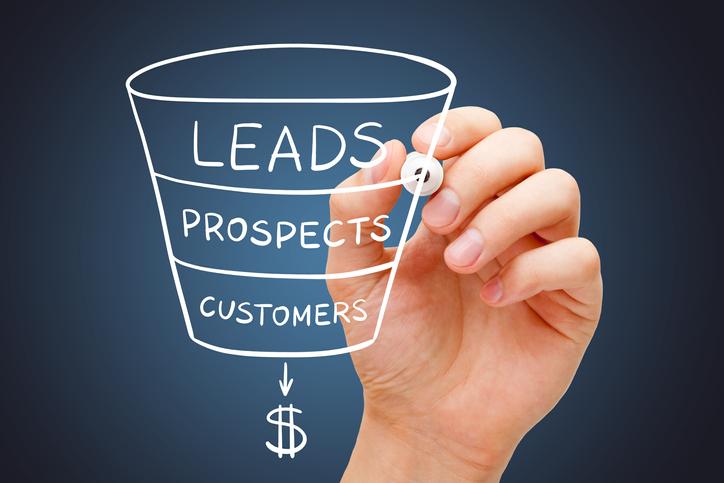In the world of B2B marketing campaigns, the success of your email marketing efforts hinges on one critical factor: your email list. The quality of your list can make or break your campaign’s effectiveness. But what types of email addresses should you be collecting to ensure that your B2B marketing campaign hits the mark? In this article, we’ll explore the key strategies for building a robust email list that targets the right audience and optimizes your B2B marketing campaigns.
1. Work-Related Addresses
- Start with your existing network: Clients, partners, and industry contacts.
- They are valuable assets: Familiar with your brand and trust you.
- Reach out and seek permission to add them to your email list.
- Sweeten the deal with incentives.
2. Key Decision-Makers
- Target the right individuals in B2B campaigns.
- Collect email addresses of key decision-makers.
- CEOs, CMOs, and high-level executives are crucial.
- They hold the key to lucrative opportunities.
- Reaching influential figures boosts your chances of success.
3. Segmentation: Tailoring Your Content
- Segmentation categorizes subscribers based on criteria.
- Criteria include industry, company size, and past interactions.
- Tailor content to specific segments.
- Send more relevant and personalized messages.
- Achieve higher open and click-through rates.
4. The Importance of a High-Quality Email List
- High-quality email list is vital for B2B campaigns.
- Quality over quantity is crucial.
- Smaller, engaged list surpasses a large, uninterested one.
- Prioritize relevant email address collection.
- Ensure your efforts are worthwhile.
5. Building Trust and Credibility
- Your email list comprises individuals and businesses who trust you.
- Maintain trust and credibility by delivering on promises.
- Send valuable content and respect preferences.
- Avoid spammy practices.
- Building trust is an ongoing, rewarding process.
6. Collecting Email Addresses Ethically
- Avoid shortcuts like purchasing email lists.
- Prioritize ethical collection methods.
- Purchased lists result in low engagement and legal issues.
- Focus on organic methods: website sign-up forms, content offerings, networking events.
7. Optimizing Email Marketing for B2B
- Email automation revolutionizes B2B email marketing.
- Send personalized emails at scale.
- Save time and ensure timely communication.
- Set up automated workflows: welcome emails, lead nurturing, follow-ups.
- Keep your audience engaged throughout their journey.
8. Creating Compelling Email Content
- Content is the heart of B2B email marketing.
- Craft engaging, informative, valuable content.
- Address audience’s pain points.
- Use persuasive language and compelling visuals.
- Capture attention and encourage return engagement.
9. Tracking and Measuring Success
- Continually improve email marketing with A/B testing.
- Test subject lines, email copy, visuals, and CTAs.
- Determine what resonates best with your audience.
- Embrace a data-driven approach.
- Refine strategies based on testing results.
In the realm of B2B marketing campaigns, the email addresses you collect are your gateway to success. Prioritizing work-related addresses, targeting key decision-makers, and employing segmentation techniques are essential steps in building a robust email list. Remember that a high-quality list is more valuable than a large one, and ethical collection methods are the key to trust and credibility.
FAQs
Q1: What if I can’t access high-level decision-makers’ email addresses?
- If direct access is challenging, consider leveraging LinkedIn or industry-specific directories to identify and connect with key decision-makers.
Q2: Is it worth the effort to segment my email list?
- Absolutely. Segmentation allows for highly personalized content delivery, leading to higher engagement and conversion rates.
Q3: Can I purchase email lists for B2B marketing campaigns?
- While it’s possible, it’s not recommended. Purchased lists often result in low-quality leads and can lead to legal issues.
Q4: How often should I send emails in an automated workflow?
- The frequency should align with your audience’s preferences. Monitor engagement to find the optimal cadence.
Q5: What’s the best way to measure email marketing success?
Track metrics like open rates, click-through rates, and conversion rates to gauge the effectiveness of your campaigns.
In conclusion, collecting the right email addresses for your B2B marketing campaign is the foundation of your success. Prioritize quality over quantity, employ ethical collection methods, and leverage segmentation and automation to create personalized, engaging campaigns that resonate with your audience.
Learn More Email Marketing Tips and Tricks!

